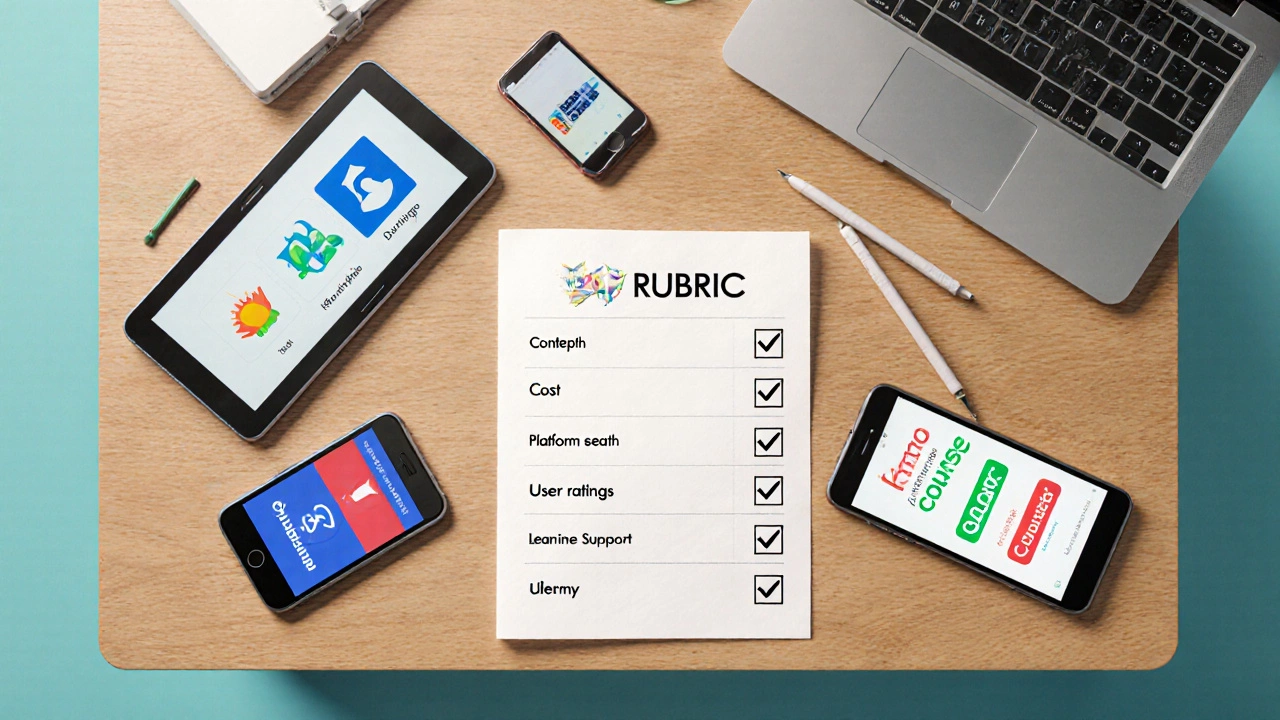Online Learning App: Your Shortcut to Modern Education
When you hear the term online learning app, software that streams lessons, quizzes, and interactive activities to any device with internet access. Also known as digital learning app, it bridges the gap between classroom walls and a learner’s bedroom, coffee shop, or office. eLearning platform, a broader ecosystem that hosts courses, manages users, and tracks progress often powers these apps, while a virtual classroom, live video space where teachers and students meet in real time adds the face‑to‑face feel. Some creators even offer free teaching apps, no‑cost tools that let educators launch basic online sessions to get started without a budget.
The online learning app ecosystem isn’t just a single product; it encompasses several layers. First, the app itself delivers content, but it requires reliable internet connectivity and a device that can run it—these are the basic prerequisites (Subject‑Predicate‑Object). Second, it integrates with learning management systems, which handle enrollment, grading, and analytics. Third, it supports virtual classrooms, meaning live interaction is possible alongside pre‑recorded lessons. In short, an online learning app connects learners, educators, and content through a seamless digital pipeline.
Why Students and Teachers Choose These Apps
Students love the flexibility: they can pause a video, rewind a tricky concept, or switch between a phone and a laptop without losing progress. Teachers appreciate the built‑in analytics that show which topics need a second pass. Institutions benefit from the scalability—once a course is uploaded, it can serve hundreds or thousands without extra physical space. This trio of benefits drives the rapid growth of distance learning, making the online learning app a cornerstone of modern education.
Another key advantage is cost. Free teaching apps let schools experiment before investing in premium eLearning platforms. When a school upgrades, the transition is smooth because most apps follow the same standards for content packaging—think SCORM or its newer cousin xAPI. This compatibility ensures that courses created today will still run on tomorrow’s upgraded systems, protecting the institution’s investment.
When you compare options, look for features that matter most to your context. If you need live quizzes, pick an app that syncs with a virtual classroom. If you run a small tutoring business, a free teaching app with simple scheduling might be enough. And if you run a university, an enterprise‑grade eLearning platform with robust reporting will save time for administrators.
The posts below dive deep into each of these angles. You’ll find a side‑by‑side comparison of top eLearning platforms for 2025, a practical look at the best free apps for online teaching, and step‑by‑step guides on setting up virtual classrooms. Whether you’re a student hunting the right app for self‑study or an educator building a digital curriculum, the collection gives you concrete data, pricing tables, and real‑world tips.
Ready to explore the options? Scroll down to see detailed reviews, pricing breakdowns, and how‑to guides that will help you pick the perfect online learning app for your needs.
Oct
13

- by Dhruv Ainsley
- 0 Comments
Best Learning App 2025: The #1 Choice Revealed
Discover the 2025 #1 learning app, how it was chosen, and which apps suit specific goals. Includes a side‑by‑side comparison, usage tips, and FAQs.